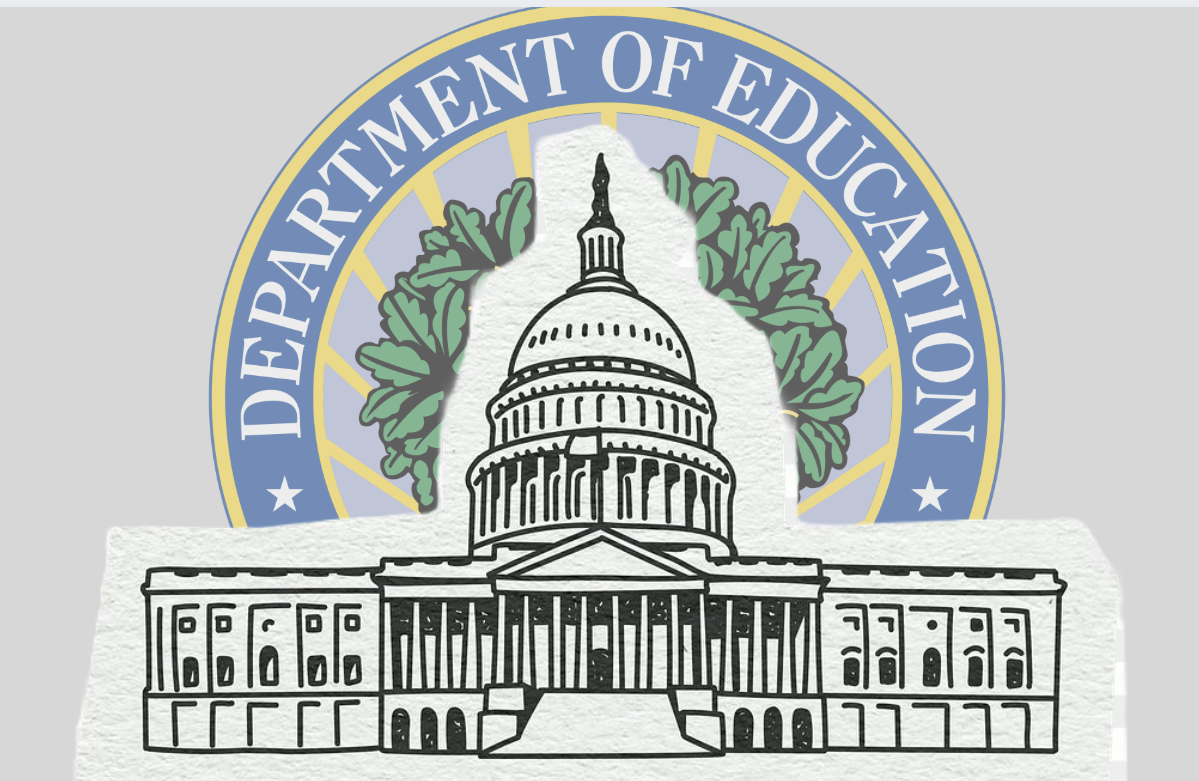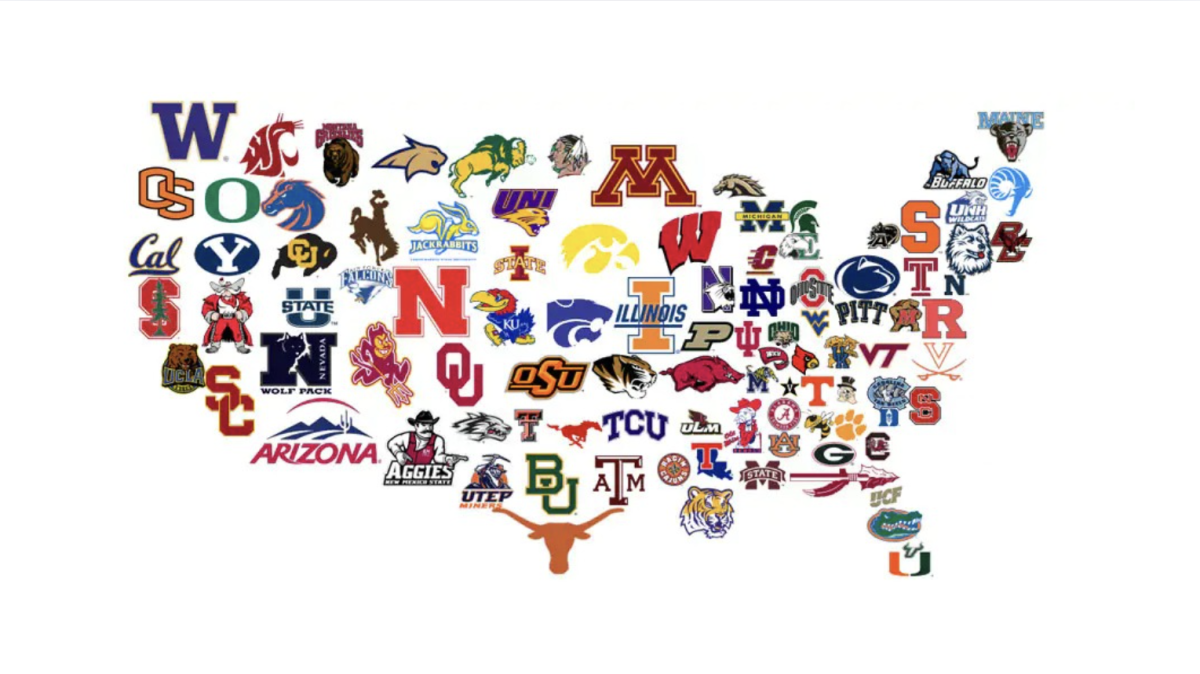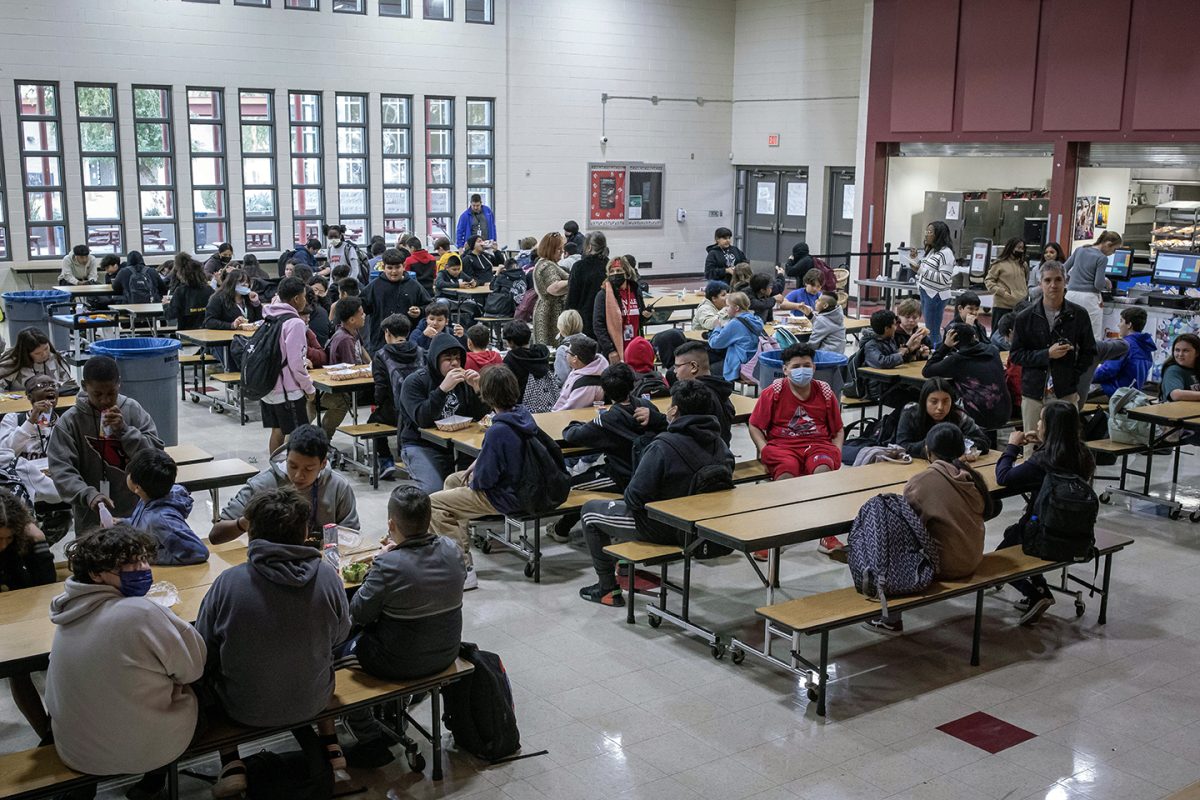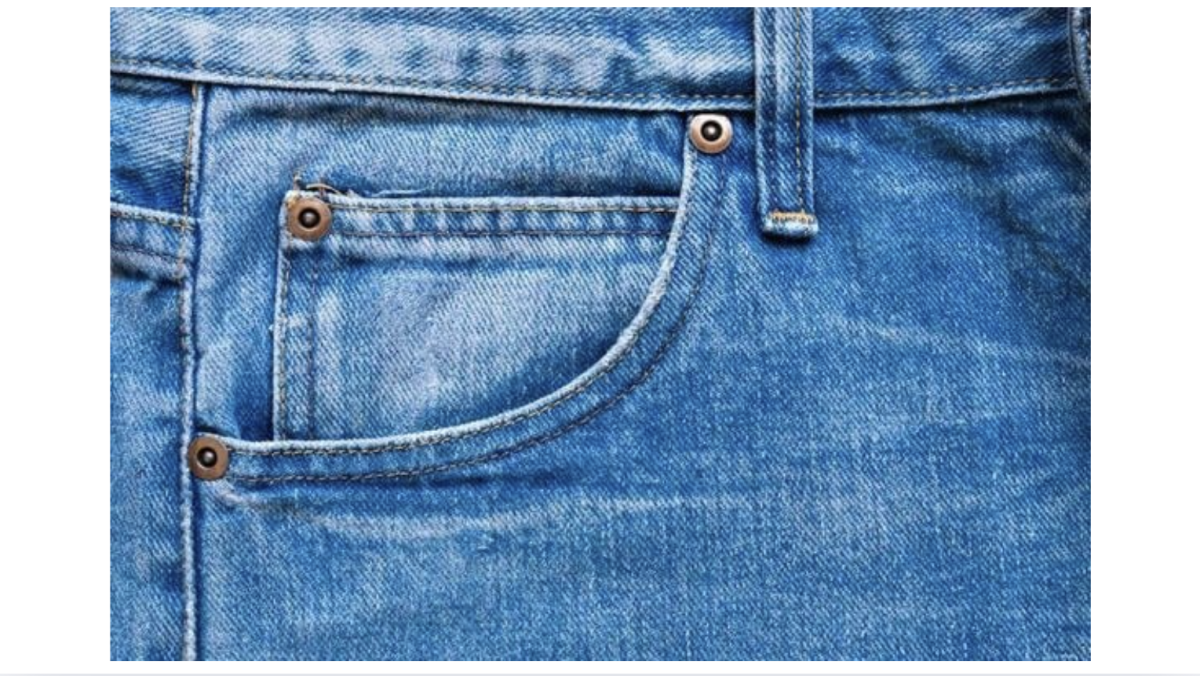For 50 years, the Department of Education (DOE) has provided federal funding and support for American schools. Yet, just over two months ago, President Donald Trump signed an executive order authorizing its near-complete liquidation. To parents and students alike, the main question that arises is “why?”
The effort is another action in addition to the sweeping government cuts that the Trump-Vance administration has taken, which includes Elon Musk’s newly established Department of Government Efficiency (DOGE). The Tesla CEO was deemed a “Special Government Employee” (SGE), responsible for identifying and reducing “inefficiencies” within the federal government. Altogether, the administration has laid off or otherwise forced the dismissal of thousands of government employees.
Titled “Improving Education Outcomes by Empowering Parents, States, and Communities,” the executive order features bold claims — including statements that “the Federal education bureaucracy is not working” and that “the Department of Education does not educate anyone,” in relation to the 80 staff members who control the DOE’s public relations office.
Crucially, the order argues that the DOE has failed to manage student loan debt, which currently stands at over $1.6 trillion. It opines that this debt must be “return[ed] … to an entity equipped to serve America’s students.” The solution it proposes is unprecedented: the liquidation of the entire Department. Section 2 of the order seeks to remove education from the hands of the federal government and instead return its power to the states.
Excising the DOE will reduce the United States’ federal education workforce by more than the 46 percent it has already taken (New York Times). Evidently, this order fulfills Trump’s hopes of cutting government costs. But in context, Trump’s order appears rooted not solely in “efficiency,” but also in promoting his administration’s other political stances.
Regarding student debt, Trump has displayed deep opposition to loan forgiveness, signing an executive order in March to end taxpayer-funded loan forgiveness for “anti-American” activists. Yet, in this new order, Trump contradicts his past actions, expressing a desire to remove the government from student loan business altogether. The question of who will manage the dollars owed by students — if not for the government — remains unanswered. Instead, the President proceeds to instruct the current Secretary of Education to “terminate illegal discrimination obscured under the label ‘diversity, equity, and inclusion’ or other terms and programs promoting gender ideology.”
Trump’s battle against Diversity, Equity, and Inclusion (DEI) had been publicized well before his election. DEI is a title given to programs dedicated to giving students of racial and gender minorities, along with economic disadvantages, a fairer chance at higher education. While opponents of DEI, like Trump, deem it part of the liberal political agenda, others — including students — have reported feeling more knowledgeable because of its efforts.
“I grew up in a fairly conservative area where LGBTQ+ and racial issues were rarely discussed, if ever,” senior Evie Romano said. “DEI efforts at Miramonte have shaped me into a more informed, aware, and empathetic person who realizes the power of creating a learning space that is safe for all.”
Moreover, with the liquidation of the DOE comes the elimination of dozens of programs aimed at improving student intercultural exchange. Between the Lines — a previously in-person summer camp for high schoolers, led by the federally funded International Writing Program — announced a cancellation of this year’s two-week program for the foreseeable future. The camp had connected U.S. students with those across the world, including students in Ghana, India, and Lebanon. Other government-funded programs, like the Future Leaders Exchange Program (FLEX), have been temporarily suspended. Given that these initiatives could be considered part of “DEI,” their cancellation falls in-line with Trump’s existing viewpoint on diversity efforts.
The consequences of liquidating the DOE, along with other programs that could be labeled “DEI,” holds the capacity to wear down intercultural exchange between American and international students, as well as limiting diverse perspectives within U.S. education.
“Education is power, and I am worried that if Trump succeeds in reducing DEI programs in schools, students will graduate to be less informed individuals,” Romano said.
Trump’s executive order hasn’t come without pushback, including from federal judges. On April 23, one such judge blocked Trump’s threat to withhold funding from public schools that incorporated DEI into their programming (AP News). Dozens more lawsuits — many of which are still pending — have been filed against Trump’s executive actions, including those related to the DOE.
Ultimately, Trump’s executive order is set against a backdrop of political unrest, making students themselves anxious for the future. “As someone who hopes to be a doctor, scientific research is an integral part of undergrad. With these funding cuts, I’m worried about my ability to pursue medical school and perform well at a public university,” senior Lauren Angsupanich, who will be attending University of California, Los Angeles, said. “These opportunities are going to be even harder to come by at a school that already is fiercely competitive.”
The impacts of the cut will stretch far beyond the current generation of students. “I’m concerned for both my undergraduate education, as well as education for future generations,” Angsupanich said. “Destabilizing the education system is going to critically hurt accessibility to education and exacerbate inequities among schools.”














